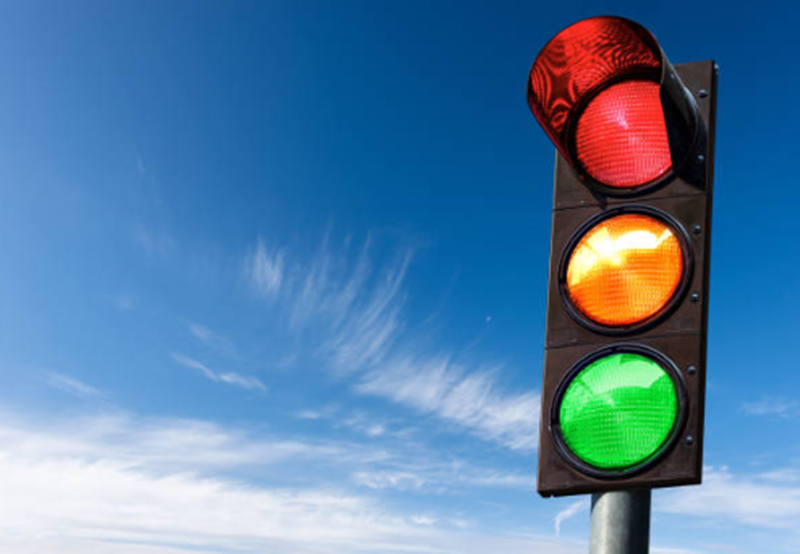Nowadays, as long as you are on the road, there are traffic lights everywhere. Traffic lights are the guarantee of people's daily travel safety. However, have you ever heard of the traffic lights on the water?

So this is the focus of our discussion today: traffic lights on the water - navigation marks. Before we start, let me ask some questions. How much do you know about the navigation marks? Why do we need to set navigation marks? In addition to the lighthouses we usually see, are there other styles of navigation marks? If you have no ideas, don't worry, this article will help you understand the knowledge of navigation marks.

What is a navigation mark?
A navigation mark is set up in waters, waterways, or coastlines to guide ships safely and help crew members identify directions and positions. There are many types and functions of navigation marks, including buoys, shore marks, lighthouses, electronic navigation marks, and sound signals.
1. Buoys
Buoys are the most numerous and provide safety information for various water activities. They are usually located in or near navigable waters to mark the location of waterways, anchorages, beach hazards, and other navigation obstacles, indicate water depth and wind conditions, and direct traffic in narrow waterways.
There are many types of buoys to choose from, mainly steel buoys and PE high-strength buoys. They are both extremely impact-resistant and weather-resistant.

2. Shore markers
There are many types of shore markers, such as side shore markers that indicate water depth or channel width through numbers and letters to guide navigation; boundary markers indicate "forbidden entrance" and "speed limit" to maintain ship navigation safety or protect the ecological environment; pipeline markers indicate the location of underground or underwater pipelines, etc. These markers can help guide ship navigation, locate, mark obstacles, and warn, which are extremely important for maritime navigation safety.

3. Lighthouse
A lighthouse is a tall building set up along the coast or waterway, mainly used for navigation and guiding ships. A lighthouse is usually equipped with strong lights that emit specific light signals to help ships identify waterways, coastlines, or potential dangers. It can be divided into steel lighthouses, FRP lighthouses(Fiber Reinforced Plastic), and aluminum alloy lighthouses according to their materials. Lighthouses play an irreplaceable role in ensuring maritime traffic safety.

4. Electronic navigation marks
Electronic navigation marks are modern navigation equipment that use electronic technology and wireless communication systems to provide navigation information and enhance navigation safety. Compared with traditional physical beacons, electronic navigation marks can provide accurate location and direction information in real time. Channel information and water conditions can be updated in real-time to help ships avoid potential dangers. They can be moved or reset as needed, which is more flexible. Some electronic navigation marks integrate data analysis and decision support systems to provide more intelligent services for navigation, such as weather warnings and flow monitoring.
5. Sound beacon
These beacons can help ships navigate by emitting sound signals, especially in low visibility conditions such as fog or at night. Common sound signals include:
Foghorn: A large sonar device, usually mounted on a lighthouse or buoy, that emits a low-frequency sound at regular intervals to warn approaching ships.
Alarms: Some beacons have audible alarms to warn ships approaching dangerous areas or other obstacles.
Underwater sonar: These systems can detect underwater objects and emit sounds to warn ships.
All buoys play a great role in navigation or warning ships of safety. They are all simple and clear in shape, bright in color, and made of weather-resistant materials. The service life of these buoys is usually about five years, so regular inspection and maintenance are necessary.
For more specific information, you can find it on the page of buoys from our website, or you can send an email to jack@zazmae.com to talk with our engineer.
Any inquiries are welcome to receive.